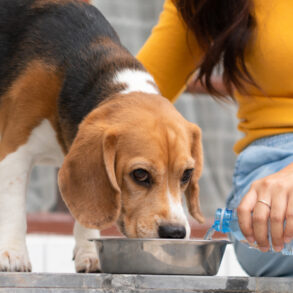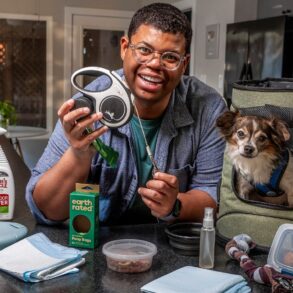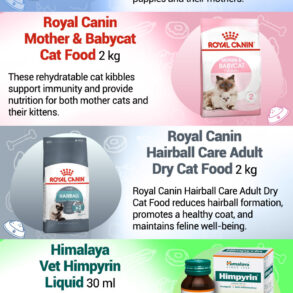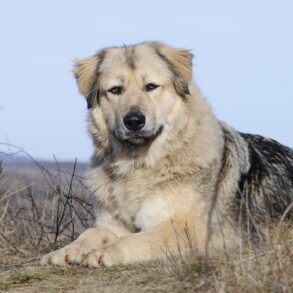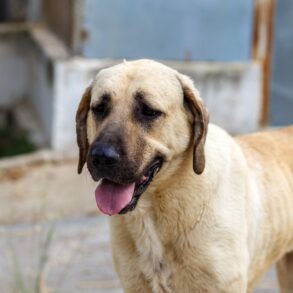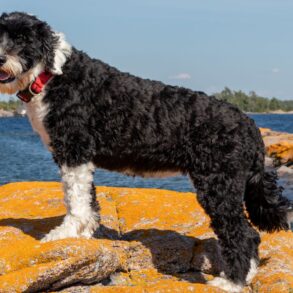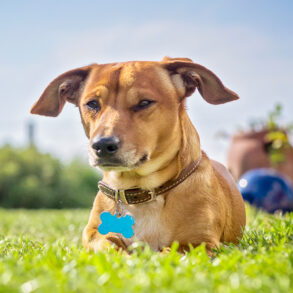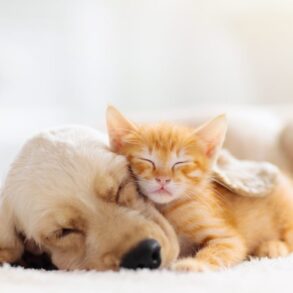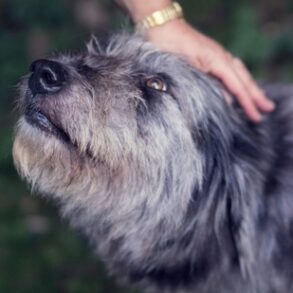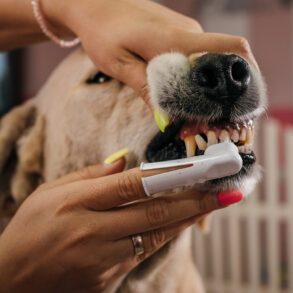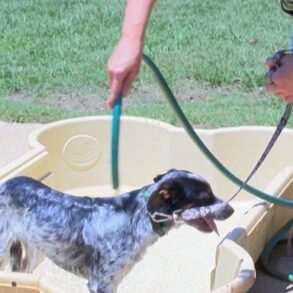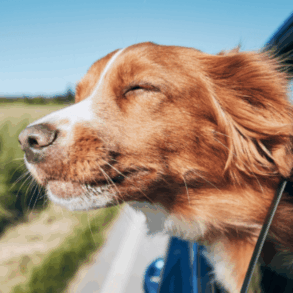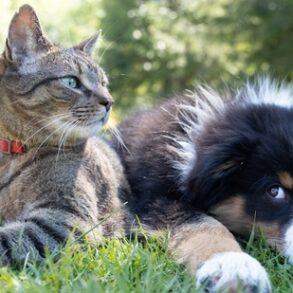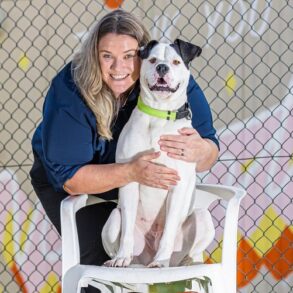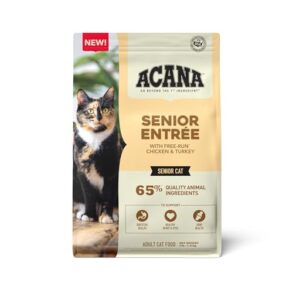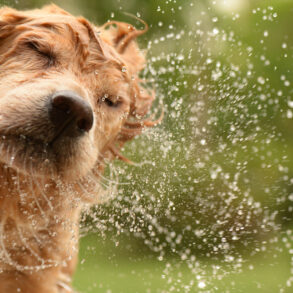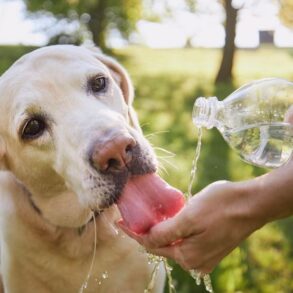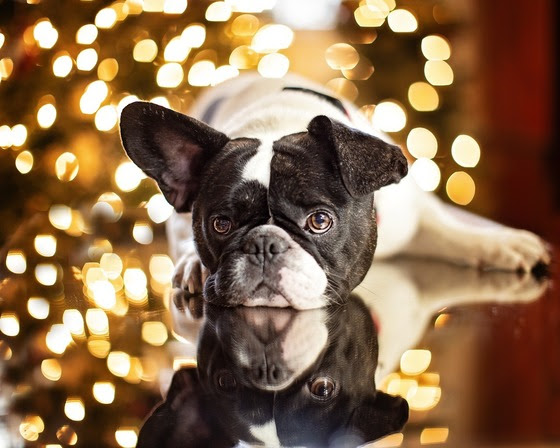
I think we’re all glad that the extreme heat of the past few months here in southern California has passed, and we are now enjoying some beautiful fall days.
As the temperatures start to fall, it’s time to put some thought into preparing to give our animals a little extra care to stay warm and safe during winter and the holidays. The weather, holiday food, festive plants, and decorations can all pose threats to our animals. Preventing accidents or exposure will keep our animals safe and healthy, and your veterinary bills low.
Cold Weather
When I worked as an animal control/humane officer, it wasn’t uncommon for me to get animal cruelty complaints about dogs left in the backyard with no shelter. In the Midwest, temperatures fall far below freezing and snow and ice can be plentiful. While many of these were legitimate complaints that I addressed with the owners, there was invariably the Siberian Husky with a doghouse who refused to use it because this was the dog’s favorite weather and they were fully enjoying the snow! But it’s important that all animals have access to a shelter that provides good cover, prevents the wind from entering, and where they can rest comfortably and out of the elements. This is particularly true for older animals, animals with short hair, or animals with any kind of compromised health status. Ideally, dogs and cats will live inside with their owners but livestock will need shelters for their comfort and well-being.
Other cold weather tips include:
1.Keep an Eye on Outdoor Time
While dogs might love playtime in the snow, exposure to low temperatures for long periods can be dangerous. Shorten outdoor walks during extreme cold and be mindful of weather conditions like ice or wind chill. For cats, keep them indoors for their safety as they are susceptible to frostbite and hypothermia. This is a best practice year-round, as the outdoors isn’t safe for cats or the animals they prey upon.
2.Protect Those Paws
The salt and chemicals used to de-ice sidewalks and roads can irritate pets’ paws, sometimes causing painful burns or ingestion risks when they lick their feet. Rinse their paws after walks or invest in booties to provide a layer of protection.
3.Invest in Pet-Appropriate Winter Gear
Short-haired pets, especially small breeds, often benefit from a cozy jacket or sweater when venturing outdoors. Make sure any pet clothing fits comfortably without restricting movement or circulation.
4.Keep Up a Healthy Diet
Animals tend to burn more calories in the cold, so a small increase in food portions might be helpful, especially for those who live outdoors. Consult your veterinarian to make sure they’re getting the right balance of nutrients.
5.Provide Cozy, Warm Sleeping Areas
Cold floors can be uncomfortable and risky for pets’ health. Place pet beds off the ground and away from drafts. Consider an extra blanket in their bed to make it more inviting and warmer.
6.Be Aware of Antifreeze Dangers
Antifreeze is highly toxic to animals but often appealing due to its sweet taste. Keep it well out of reach, and promptly clean up any spills around vehicles. If your pet shows any symptoms of antifreeze poisoning (such as lethargy, vomiting, or seizures), get veterinary help immediately.
7.Watch for Signs of Hypothermia or Frostbite
If a pet becomes lethargic, shivering, or seems disoriented after being outside, they could be experiencing hypothermia. If you notice signs like pale skin or swelling, these could be early symptoms of frostbite, often seen on extremities like ears and paws. Quickly move them to a warm, dry place and seek veterinary care if needed.
8.Make Time for Indoor Exercise
Winter weather can limit outdoor activities, so consider interactive indoor games to keep your pet mentally and physically stimulated. Puzzle toys, indoor fetch, or hide-and-seek can help your pet burn off energy and stay fit.
9.Be Mindful of Pets Near Heaters
Space heaters, fireplaces, and other heating devices can be dangerous for pets. Supervise their use to avoid burns or other accidents and consider a pet-proof barrier if your pet is prone to getting too close.
10.Stay Prepared for Emergencies
Keep a pet-specific first aid kit ready and plan for power outages. It can be helpful to have a few days’ worth of pet food, clean water, and any necessary medications on hand, just in case.
Holiday Safety Tips
The holiday season brings festive decorations, gatherings, and treats, but it also introduces unique safety risks for pets. Curious pets may be tempted to chew on electrical cords or knock over holiday plants like poinsettias, mistletoe, and holly—all of which are toxic to animals if ingested. Secure your decorations to prevent accidents and consider pet-friendly alternatives to traditional holiday plants.
Food is another major concern, as many holiday favorites, like chocolate, grapes, and certain nuts are hazardous for pets. Remind guests not to feed table scraps and keep pet-safe treats nearby to include your pets in the celebrations safely.
By taking a few simple precautions, you can help ensure that your pets enjoy a safe, cozy winter and holiday season. Being mindful of and accommodating our animals’ needs during this time are some of the best ways we can show them just how much they mean to us.
Related
This post was originally published on this site be sure to check out more of their content.








